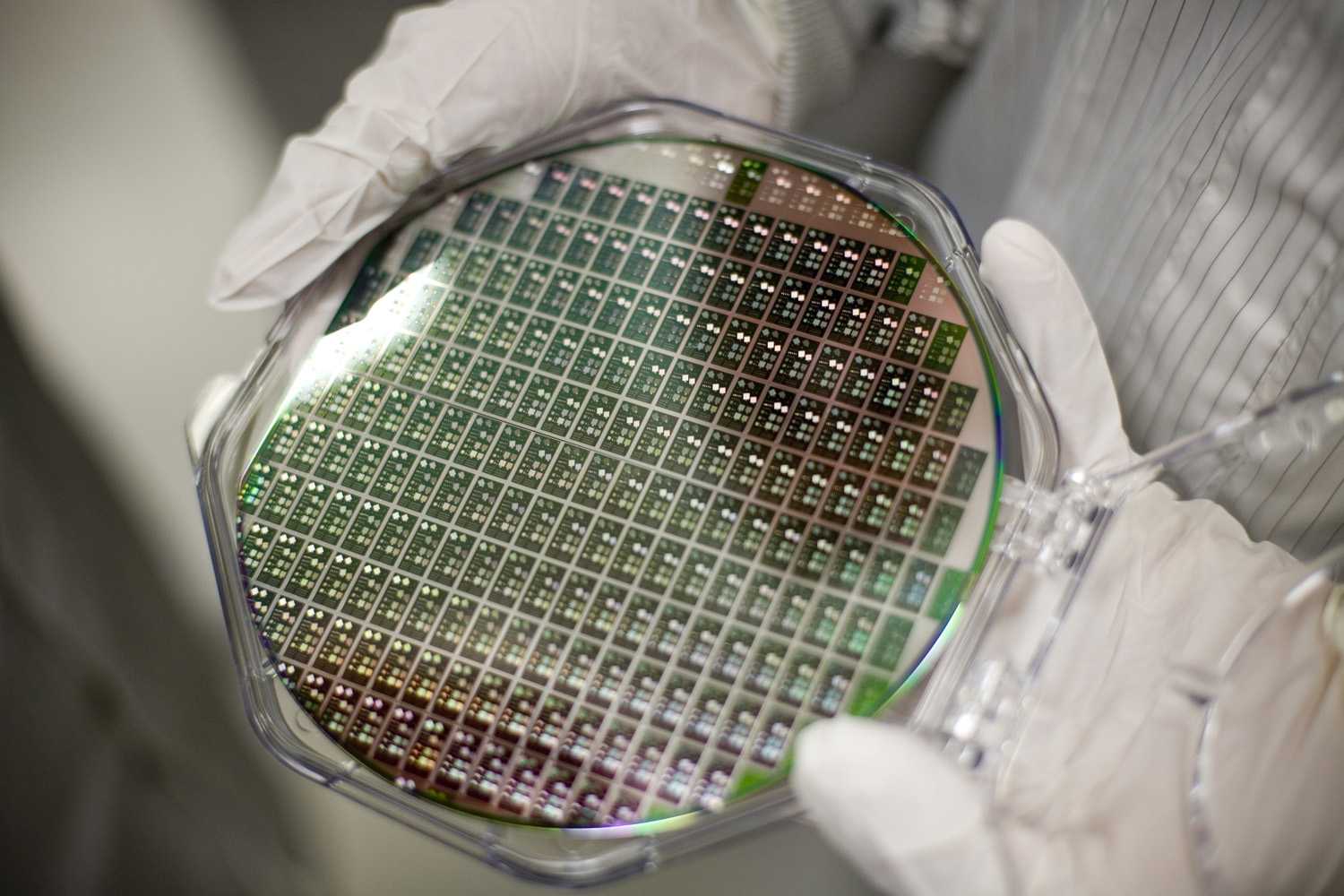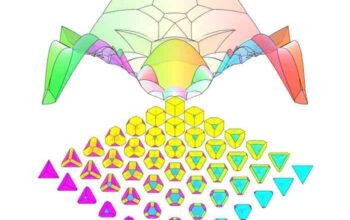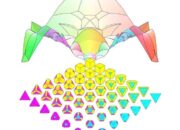The advent of semiconductor lasers has irrevocably transformed the landscape of photonics, enabling myriad applications across communications, medicine, and imaging technologies. Among these advancements, the inception of the germanium laser heralds a distinctive milestone. Germanium, an element primarily recognized for its role in electronic devices, has garnered significant attention for its potential in laser applications. So, one might ponder: what challenges do we face in harnessing this elemental laser technology, and how might such challenges shape the future of photonics?
The first germanium laser emerged from pioneering research that sought to exploit the unique electronic properties of germanium, a group IV semiconductor. Initially, germanium was overshadowed by its silicon counterpart, as the latter had long been the predominant material in electronic and optoelectronic devices. However, significant advancements in the fabrication techniques and a deeper understanding of the material properties have catalyzed renewed interest in germanium as a potential active medium for laser operation.
Lasers fundamentally operate on the principles of stimulated emission, where an external energy source excites electrons to a higher energy state, creating a population inversion necessary for light amplification. Germanium, with its indirect bandgap characteristics, presented a unique challenge; the electron transitions do not efficiently emit photons, which traditionally complicates laser operation. This necessitated innovative approaches to manipulate its electronic band structure.
Recent breakthroughs have illustrated the feasibility of achieving stimulated emission in germanium. Researchers have employed techniques such as alloying germanium with other materials, creating heterostructures, and utilizing quantum well configurations. These modifications allow for favorable recombination of electron-hole pairs, facilitating enhanced light emission. Consequently, the emergence of germanium lasers has been realized, sparking interest across various scientific domains.
From a theoretical standpoint, the germanium laser operates under different parameters compared to traditional semiconductor lasers. For instance, the temperature dependence of the germanium laser’s performance poses intriguing questions. Significant shifts in laser efficiency occur at elevated temperatures due to the increased phonon interactions, which are characteristic of indirect bandgap semiconductors. This sensitivity poses challenges for practical applications, particularly in environments requiring stable laser operation.
However, the capability to construct a germanium laser extends beyond its semiconductor basis; it embodies the fusion of innovation and application. One of the most compelling aspects of this technology is its compatibility with existing silicon photonic platforms. As the telecommunications industry relentlessly seeks miniaturization and integration of photonic components, the incorporation of germanium lasers into silicon-based systems provides a pathway towards greater efficiency in optical communication systems. Moreover, the prospect of integrating these lasers into microelectronic devices introduces a tantalizing vision for the future of chip-scale photonics.
Considering the societal implications, the potential applications for germanium lasers extend into biomedical fields. The development of compact, efficient laser sources can revolutionize imaging techniques, providing enhanced precision in diagnostics. In applications such as optical coherence tomography (OCT), the ability to integrate germanium lasers within imaging devices could lead to breakthroughs in visualizing biological tissues. This projection necessitates an ongoing dialogue about the ethical implications and the accessibility of such technologies in healthcare.
Another intriguing dimension of the germanium laser is its environmental impact. As awareness towards sustainability escalates, the quest for eco-friendly photonic solutions gains momentum. Germanium, being abundantly accessible and relatively non-toxic, offers a favorable alternative to other materials used in laser technology, such as gallium arsenide. This sustains an ongoing inquiry: can the core principles of laser technology be adapted further to promote green initiatives while maintaining efficiency?
Nevertheless, the integration and practical implementation of germanium lasers are not without their challenges. The high cost associated with the synthesis and fabrication of germanium-based components remains a critical hurdle. As research endeavors advance, a need remains for methods to reduce manufacturing expenses. The complexity of processing them within existing semiconductor technologies also raises valid concerns. While advancements can mitigate some of these complications, the economic viability must be evaluated against the backdrop of established materials and technologies.
Moreover, the long-term stability of germanium lasers under operational stresses must be scrutinized. The endurance of electronic and thermal stability in various environments is paramount for commercial viability. Failure to address these parameters could undermine the laser’s functionality, limiting its applications and commercial prospects.
The journey to explore the full potential of the first germanium laser exemplifies an intersection of science, engineering, and ethics. Success hinges on collaborative efforts among physicists, materials scientists, and industry leaders to address the technological, economic, and societal challenges that accompany this novel advancement. Thus, we return to the playful question: will the promising benefits of germanium lasers outweigh the challenges posed by their implementation, and how might society adapt to these revolutionary changes in photonics? This narrative is still unfolding, inviting further investigation and dialogue.








